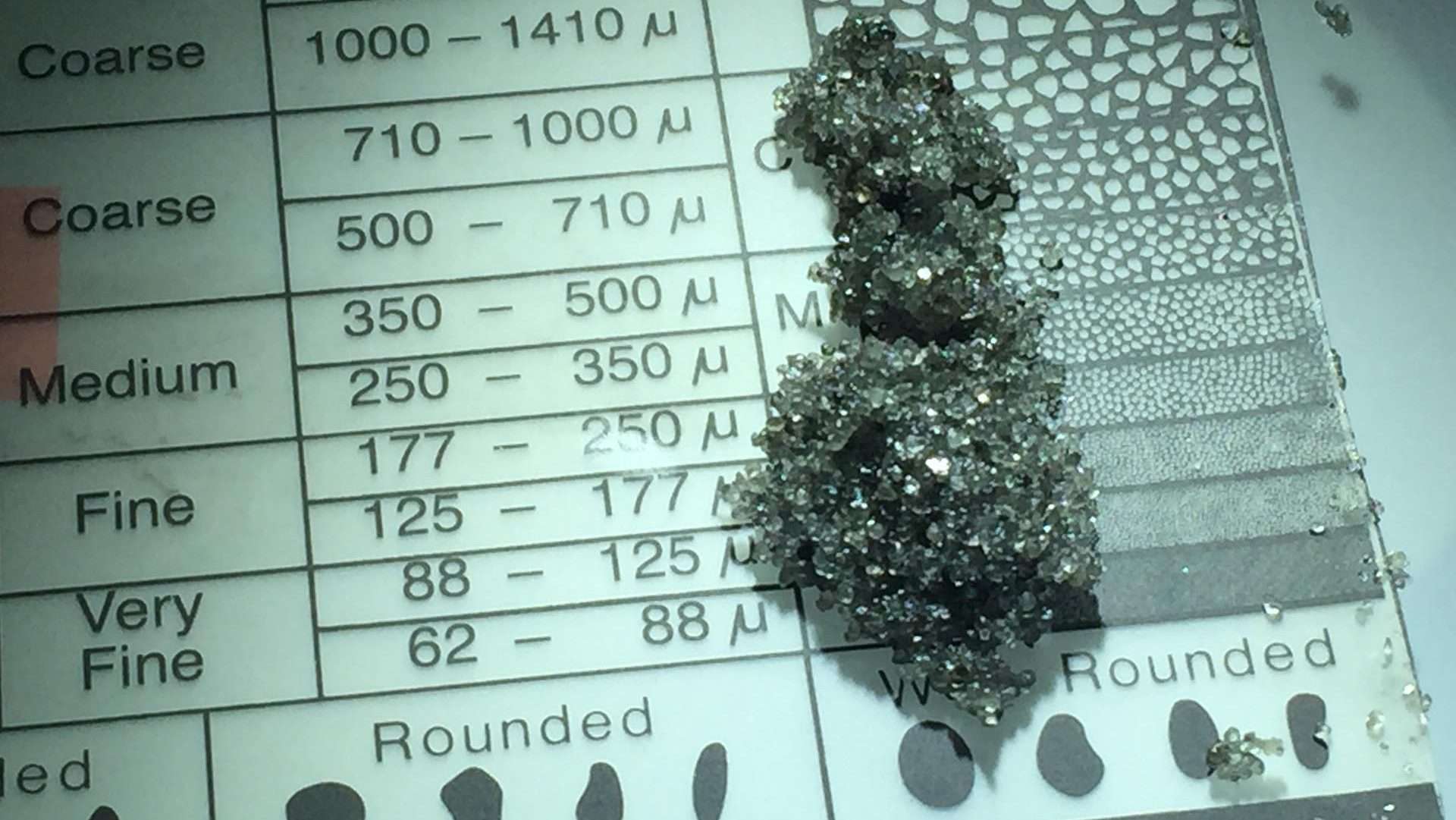Abstract
The Role of Rock Volumes in Log to Core Integration Milton B. Enderlin Milton B. Enderlin Diana K.T. Hansen Diana K.T. Hansen Brian R. Hoyt Brian R. Hoyt Petrophysics Laboratory Petrophysics Laboratory Halliburton Logging Services Halliburton Logging Services Fort Worth, Texas Fort Worth, Texas INTRODUCTION INTRODUCTION When cores, whether whole or sidewall, are taken from a well, the first task is to When cores, whether whole or sidewall, are taken from a well, the first task is to tie the core(s) to the open hole logs. Figure 1 is a cartoon illustrating the spatial tie the core(s) to the open hole logs. Figure 1 is a cartoon illustrating the spatial relationship between a 12 inch borehole, 4 inch whole core, 15/16 inch rotary relationship between a 12 inch borehole, 4 inch whole core, 15/16 inch rotary sidewall cores and 1 inch whole core plugs. When the observed core data corre- sidewall cores and 1 inch whole core plugs. When the observed core data corre late marginally with the log data, a great deal of interest is generated about the late marginally with the log data, a great deal of interest is generated about the quality and validity of the log in question and/or the core analysis technique. The quality and validity of the log in question and/or the core analysis technique. The difficulty encountered in log to log and log to core integration can, in part, be at- difficulty encountered in log to log and log to core integration can, in part, be at tributed to an unclear sense of the volume of rock investigated by downhole log- tributed to an unclear sense of the volume of rock investigated by downhole log ging tools and core analysis.



